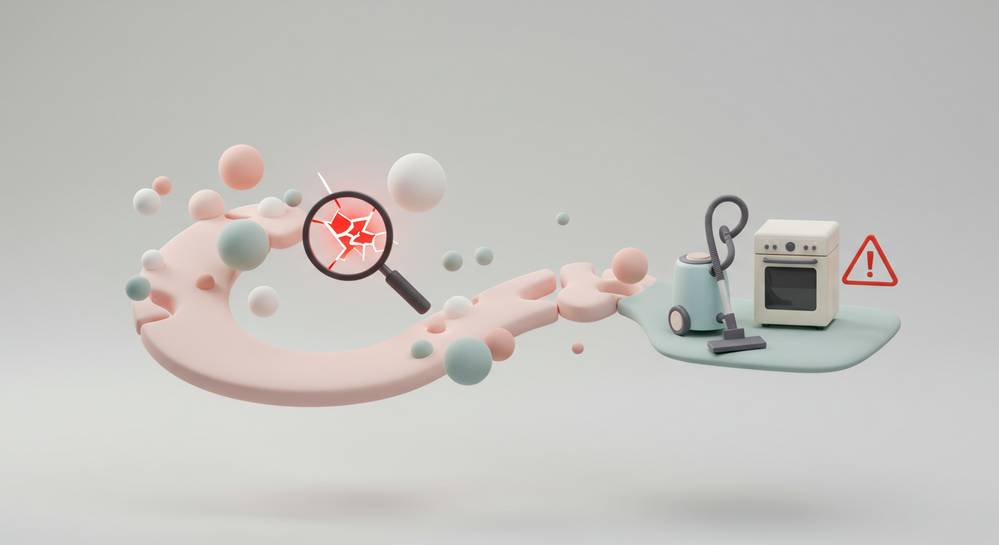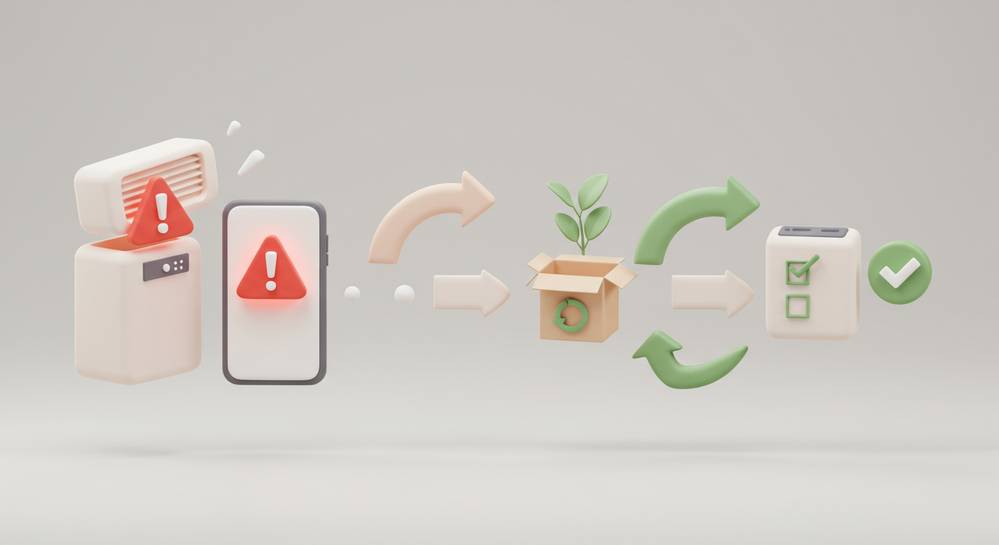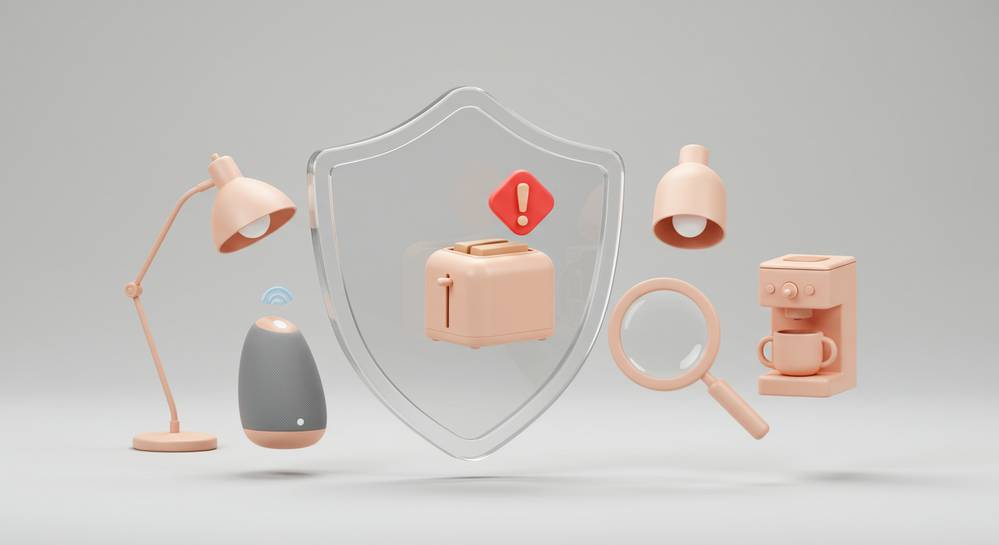Smart home devices offer incredible convenience, but their complexity can sometimes lead to safety issues. When a product flaw is discovered, a recall is issued, but many consumers are unaware of the risks or the proper steps to take. Understanding home device product recalls is not just about avoiding danger; it is about ensuring the technology in your home is trustworthy. This guide will walk you through everything you need to know to stay safe and informed.
Contents
Why do home device recalls happen

Product recalls for home devices are critical safety measures, not just sensational headlines. They are initiated when a product poses an unforeseen risk to consumers after reaching the market. The reasons for home device product recalls are diverse and complex. Understanding these root causes is the first step toward appreciating why staying informed about the technology in your home is so important.
Key triggers for home device recalls
- Manufacturing Defects: This is the most common cause. It can range from a faulty battery that creates a fire hazard to poor wiring that poses an electric shock risk. These issues often stem from a single batch of faulty components in a smart home system.
- Design Flaws: Sometimes a product is built exactly as designed, but the design itself is unsafe. This includes devices with inadequate ventilation that overheat or unstable smart lamps that can easily tip over and break.
- Software Vulnerabilities: A software bug can be as dangerous as a hardware flaw. A vulnerability in a smart lock could allow unauthorized access, creating a major security risk and undermining the core principles of ensuring smart home devices are safe.
- Failure to Meet Safety Standards: Products sold in markets like the US or EU must comply with strict regulations. If a device is found to contain unapproved materials or fails mandatory stress tests, a recall is issued.
How to check if your device is recalled
Discovering whether a device in your home is part of a recall is a straightforward process if you know where to look. While manufacturers are obligated to inform the public, it is wise to be proactive. Waiting for a letter is no longer the most effective method for checking on home device product recalls. Here are the most reliable ways to find recall information and ensure your home is safe.
Official government databases
These are the most authoritative sources for recall information. Companies are legally required to report hazardous products to them, making these databases comprehensive and trustworthy.
- United States: The Consumer Product Safety Commission (CPSC) website is the primary resource. You can search by product category, brand, or model.
- Canada: Health Canada maintains a detailed Recall and Safety Alerts database.
- United Kingdom: The Office for Product Safety and Standards (OPSS) provides official recall data.
- European Union: The EUs Safety Gate is the rapid alert system for dangerous non-food products.
Manufacturer websites and support channels
Visit the official website of the device manufacturer. Look for a “Support,” “Safety,” or “Product Recalls” section. Companies often provide a tool to enter your products serial number to verify its status instantly. This is the most direct way to confirm if your specific unit is affected.
What to do if you own a recalled product

If you discover that a product you own is on a recall list, it is crucial to act immediately. Your safety and the safety of your household depend on it. Do not assume the risk is minor. Following these clear, sequential steps will help you handle the situation correctly and efficiently after a home device product recall.
A step-by-step action plan
- Stop Using the Product Immediately: This is the most important step. Unplug the device from the power source and cease all use. If it is a battery-powered device, remove the battery if it is possible and safe to do so.
- Verify the Recall Details: Go back to the official recall notice from the government agency or the manufacturer. Carefully check that the model number, serial number, and manufacturing dates match your product.
- Follow the Manufacturer Instructions: The recall notice will specify the remedy offered. Do not attempt to repair the device yourself or discard it. The company will typically offer a full refund, a free replacement, or a repair service.
- Contact the Manufacturer: If you have any doubts, use the contact information provided in the recall notice. Be prepared to provide your product serial number and proof of purchase if you still have it.
By following these steps, you ensure you are protected and can take full advantage of the remedy provided by the company, as is your right as a consumer.
Proactive steps for consumer safety

While reacting to a recall notice is important, a proactive approach to safety can significantly reduce your risk. By adopting a few simple habits as a tech-savvy consumer, you can make more informed purchasing decisions. These practices empower you to stay ahead of potential issues with home device product recalls. This helps you curate a safer smart home environment from the very beginning.
Best practices for smart consumers
- Register Your Products: Registering your new smart devices with the manufacturer is the most effective way to be notified directly in case of a recall. This allows the company to contact you via email or mail with specific instructions.
- Research Before You Buy: Before purchasing a new home device, do a quick search on a database like the CPSC for the brand and product category. This can reveal if the company has a history of safety issues.
- Read Community Feedback: Pay attention to user reviews on retail sites and forums. Look for recurring complaints about overheating, strange noises, or malfunctioning parts, as these can be early indicators of a widespread problem.
- Keep Documentation: For significant purchases, keep a digital or physical copy of the receipt and note the model and serial number. This makes the process much smoother if you need to participate in a recall.
Navigating the world of smart home technology requires a degree of vigilance. Understanding why recalls occur, how to check for them, and what to do if you are affected transforms you from a passive user into an empowered consumer. By registering products and staying informed, you build a safer, more reliable smart home. For more insights on technology that enhances your living space, explore Dwelling Tech Trends.


